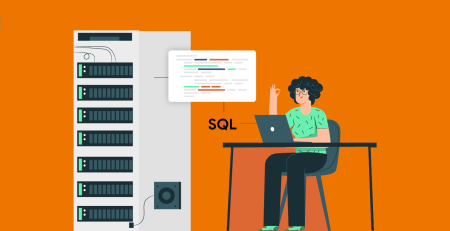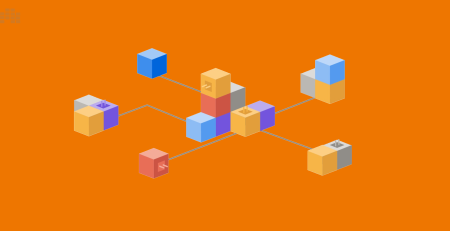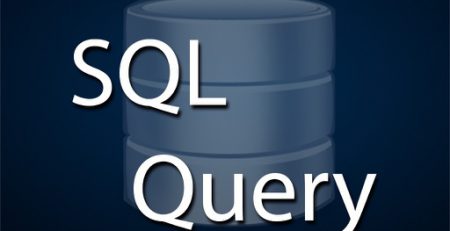What Is Data Extraction?
Have you ever wondered what exactly data extraction is? Data gathering and analysis are more important than ever for business. A wide variety of data sources are used by modern organizations to gather information, but these sources frequently contain different types of data or raw data that must be transformed before machine learning and data analysis tools can even start to derive useful insights.
Data extraction is essential to the effectiveness of high-tech data analysis tools that use machine learning and artificial intelligence. Data extraction tools also assist businesses in making better use of the information they gather from their data sources.
This article will define data extraction, describe how it is typically carried out, and discuss some of the difficulties that are frequently encountered during the process.
Understanding Data Extraction
The act of transferring data from one source to another is the essence of data extraction. Usually, businesses will gather data from various sources and keep it in one location—either on-site, in the cloud, or in a hybrid solution. Additionally, data extraction is only the first step of a procedure known as ETL (extract, transform, load), which makes extracted data usable in future mobile and web applications and analysis, unless the data is only being used for archival purposes.
Organizations can combine, process, and refine the data they gather using data extraction, which then allows them to store it uniformly for analysis. Businesses that are unable to extract various data types or raw data are unable to fully utilize their data and make strategic decisions. Data extraction is essential to analytics because without good, clean data, even the best data analysis tools in the world are useless.
Common Ways to Extract Data
Whether the data is structured or unstructured largely determines how it is extracted. Data that has been formatted according to standardized models is ready for analysis. Because of this, the extraction of structured data is simple and can either be done completely or incrementally.
Single-trip data extraction is referred to as full data extraction. Generally speaking, this type of data extraction is the simplest, especially when effective tools are being used. Full extraction is not the most effective data retrieval technique, though, when your data source is dynamic and subject to frequent updates.
The best method for ongoing structured data extraction is an incremental approach. Constantly returning to the original data source to check for updates and extract fresh data requires incremental data extraction. Getting only the new data and avoiding repeat data extraction is difficult with incremental data extraction. With the proper team members and data extraction tools, this obstacle is simple to overcome.
Unstructured data extraction is much more difficult than structured data extraction. To begin with, there is a huge range in the kinds of data that are deemed unstructured. Unstructured data can include, for instance, emails, PDFs, text, audio, spool files, and anything else that contains crucial information that your company wants to extract.
Furthermore, for unstructured data, data extraction is insufficient. The ETL pipeline is utilized in these circumstances. Before being loaded into a single data source, unstructured data needs to be transformed to match the standardized format of structured data. Unstructured data can be efficiently extracted by businesses with the aid of some tools, but this work is frequently performed manually by data experts.
The Challenges Associated with Data Extraction
Data extraction is essential to a company’s long-term success. Even though data extraction is crucial, organizations will face some common obstacles if they want to fully utilize the potential of their data. The following are typical difficulties with data extraction:
- Data security
- Making the process more efficient
- Unifying data sources
Data Security
Every company needs to take data security very seriously. Data may be at risk when it is being extracted. In order to ensure security, organizations must either encrypt or remove sensitive data before extraction. Unfortunately, the majority of data extraction tools cannot perform this kind of task automatically. In order to protect sensitive data during the extraction process, your organization’s team members must be trained to recognize it and take appropriate action.
Companies that don’t take data security seriously will probably run into problems. If you manage any sensitive user data, even a small breach or loss can cause lasting harm to your brand’s reputation.
Making the Process More Efficient
Although data extraction tools can help, the majority of the work must still be done manually or under the supervision of technical experts. For instance, there is a good chance that most invoices will differ in terms of layout, naming conventions, data formats, etc. if your organization is extracting data from supplier invoices. Even if two invoices appear to have a similar layout, it will be challenging to implement a straightforward extraction process if the text content is not formatted consistently.
Unstructured data, which on the surface resembles structured data, is one of the trickier aspects of effective data extraction. Even when your company invests in data extraction tools to expedite the process, trying to overcome these obstacles increases the time required and necessitates manual attention.
Unifying Data Sources
The integration of various data sources into a single comprehensive view is the biggest challenge in data extraction. Businesses gather information from so many sources that when they examine their data in its entirety, they might not even be aware that they are completely missing information. For instance, your business would need to gather information from analytical tools, customer surveys, social media posts, images of documents, etc. if it wanted to get a complete picture of user data.
Although gathering and combining data is a monumental task, businesses that are successful in doing so will have a significant advantage over their rivals.
Conclusion
Data extraction is a crucial component of analytics and high-tech data applications, but it takes a lot of time and effort to do it correctly. Reach out to an app development expert for advice and support if you want to know more about how your company can efficiently extract and unify data.












Comment (1)
I’m now not certain the place you’re getting your information, however great topic. I must spend some time learning more or figuring out more. Thanks for fantastic info I was searching for this info for my mission.